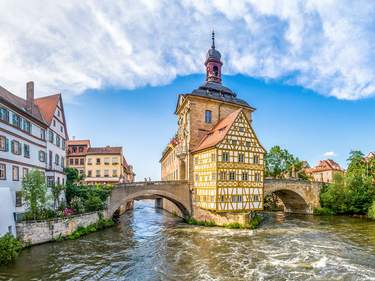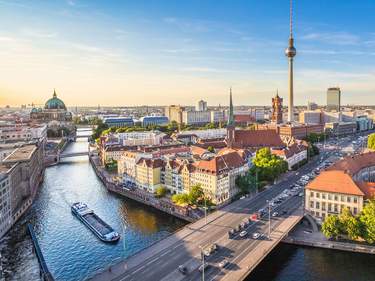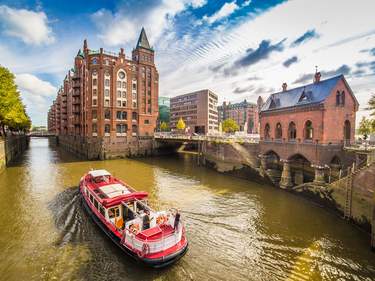2. Classical Weimar
For a small town, Weimar in Central Germany comes with a lot of history. Besides its splendid Modernist Bauhaus monuments, it has twelve historical homes, churches, castles, palaces and parks, dating from the glorious Classical era, that have been honoured with a place on the World Heritage List.
Weimar was bustling with intellectuals and new ideas in the late 18th and early 19th centuries. This development was kickstarted by Duchess Anna Amalia and driven by the presence of the great writer and scientist Goethe and the poet/playwright Schiller. They enjoyed a productive friendship spanning seventeen years. Today you can visit both their original houses.
Near the Old Town, the Baroque Stadtschloss Castle was rebuilt with Classical interiors under Goethe's supervision after a fire. Next to it is the astounding Duchess Anna Amalia Library with its towering bookshelves. It was badly damaged by a fire in 2004, but has been restored to its former glory. The romantic English-style Park on the Ilm is a good spot to unwind – Goethe clearly agreed, for he had an elegant garden house here.
Nearest airport: Erfurt–Weimar Airport
Handy train connection: Fast trains from Berlin to Weimar will get you there in just under 2 hours.



















 This content was created in partnership with the
This content was created in partnership with the